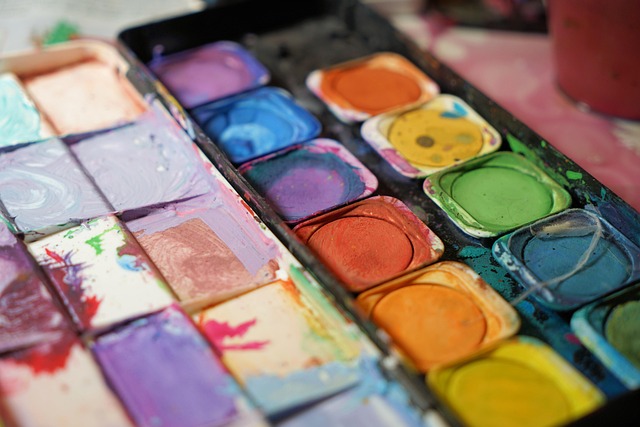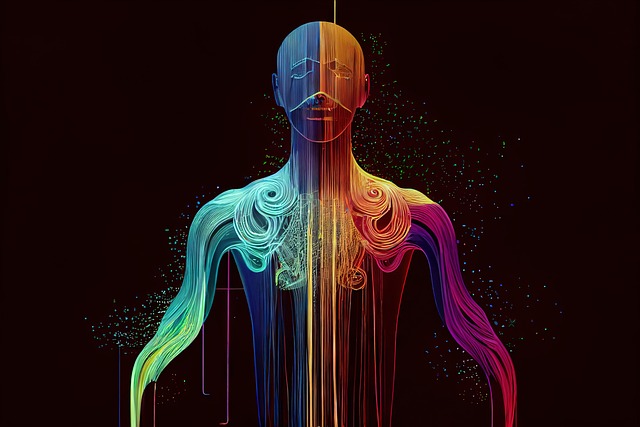Crafting Stunning Art and Design with a Visual Plan
In the world of art and design, the journey from concept to creation can often feel overwhelming. The raw emotions, the bursts of inspiration, and the endless possibilities can leave both seasoned artists and budding designers feeling lost at times. However, there is a powerful tool that can transform chaos into clarity: the visual plan.
The Importance of a Visual Plan
A visual plan acts as a roadmap for your creative process. It helps to anchor your ideas and ensure that your artistic vision remains intact as you work. Think of it as a visual checklist; it guides your choices in color, composition, and overall aesthetic direction. By laying out your vision visually, you create a reference point that can help mitigate creative blocks and keep you on track.
Art: Bringing Emotion to Life
Art is often about expressing emotions that are sometimes too complex for words. A visual plan can serve as a canvas where your feelings can take shape. Whether you’re painting, drawing, or creating digital art, sketching out initial ideas allows you to experiment freely. You can play with colors, shapes, and forms without the pressure of perfection. This early stage is about exploration, and with a solid visual plan, you can step boldly into the unknown, knowing you have a guide to refer back to.
Design: Function Meets Aesthetics
In design, the balance between functionality and aesthetics is crucial. A well-structured visual plan combines the two seamlessly. It allows you to layout design elements and ensure that they don’t just look great but also serve their intended purpose. Whether you’re designing a website, a logo, or an advertisement, a visual plan can assist in aligning your ideas with user needs and preferences.
Tips for Creating an Effective Visual Plan
- Start with Sketches: Don’t be afraid to put pencil to paper. Sketch your ideas quickly and loosely.
- Use Reference Images: Compile images that inspire you. These can serve as visual anchors for your project.
- Create Mood Boards: Capture the essence of your project with a mood board that reflects colors, textures, and styles that resonate with you.
- Outline Your Process: Break down your project into stages. A visual timeline can help you stay organized and motivated.
- Seek Feedback: Sharing your visual plan with peers can provide fresh perspectives and insights that enhance your work.
In the end, both art and design thrive on clarity of vision. A visual plan channels your creativity, turning abstract thoughts into tangible outcomes. With a solid roadmap guiding you, the world of possibilities becomes a playground for your imagination.




